Traditional Chinese Medicine (TCM) is one of the world’s oldest healing systems, with roots stretching back thousands of years. At its heart is the idea of balance: yin and yang, hot and cold, inner and outer, and how the body’s vital energy, or qi, flows through channels to keep us well.
I’ve had acupuncture on and off for years, and it’s something I’ve always valued for its calming, re-balancing effect. But in preparing this article, I sat down with my acupuncturist to dive deeper into how it all works and came away with a whole new appreciation for just how intricate and deeply considered Chinese Medicine really is.
Chinese Medicine Isn’t Just About Acupuncture
What I was reminded of is that Chinese Medicine isn’t just about acupuncture. It is a whole framework for health. A typical session might begin with a tongue and pulse check, which gives the practitioner clues about what’s happening internally. Acupuncture needles may then be placed along energy pathways to move and balance qi. Some points feel like nothing at all, others create a dull ache or zing that quickly softens into a sense of release. There can also be other therapies like cupping (placing heated cups on the skin to create suction and increase circulation), gua sha (using a smooth-edged tool to gently scrape the skin and release tension), or moxibustion (warming the skin with burning mugwort to stimulate energy flow). And of course, plenty of questions are asked about diet, sleep and stress and for females, the menstrual cycle. Because in TCM, nothing is seen in isolation, it’s all part of the bigger picture.
Does Acupuncture Hurt?
One of the most common questions people ask is whether acupuncture hurts. The reality is that the needles are incredibly fine, nothing like those used in blood tests or vaccinations. Sometimes you don’t feel them at all, and when you do, it’s often a heavy, warm, or slightly zingy sensation that quickly settles. Many people (myself included) actually find the whole experience deeply relaxing. If the idea of needles is still a hurdle, acupressure is a gentle alternative. This uses firm pressure on the same points instead of needles, and can even be practised at home. Points on the wrist are often used to ease nausea, while those between the eyebrows are known for calming the mind.
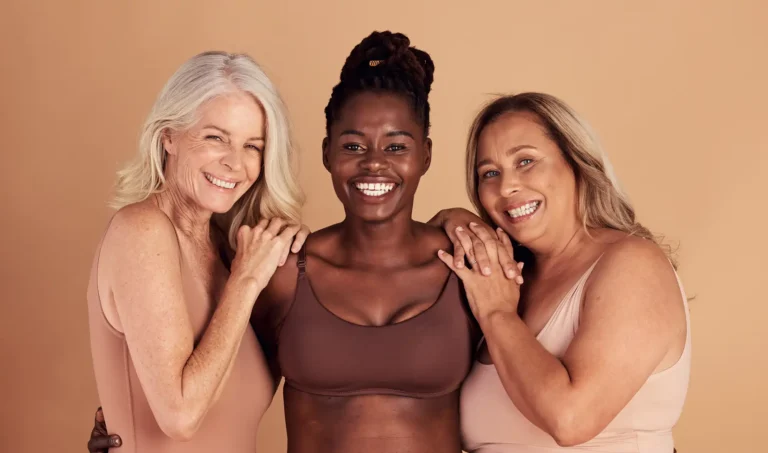
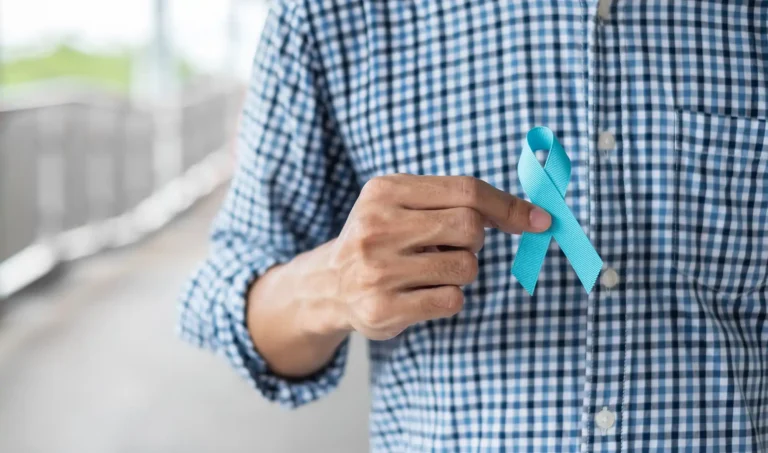



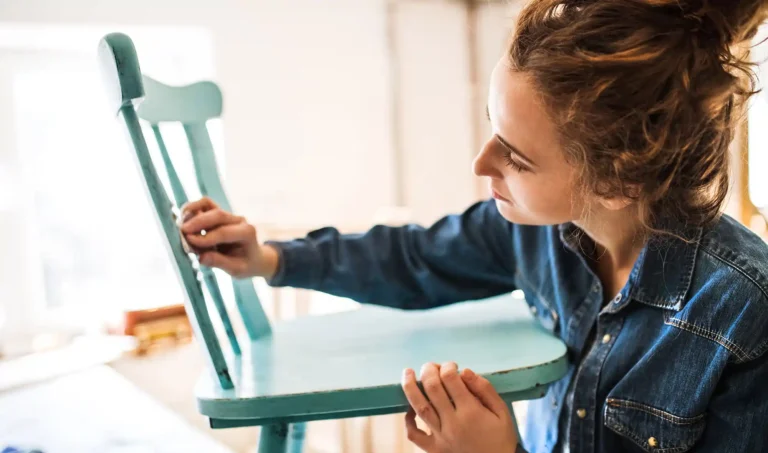
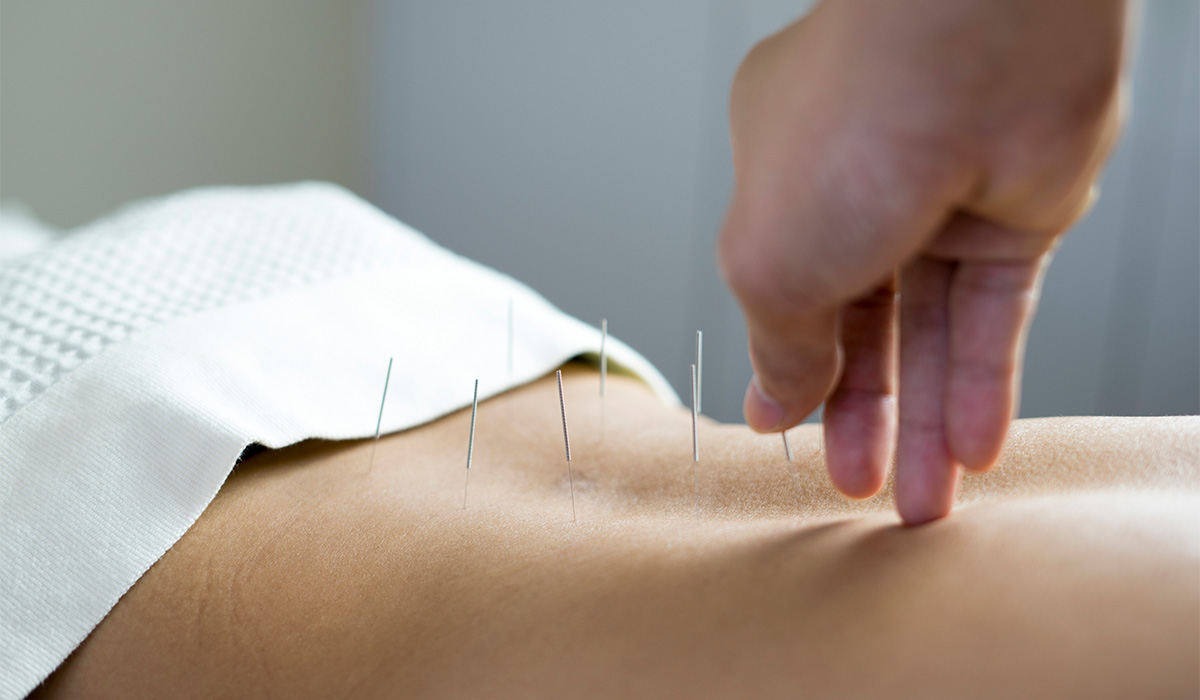
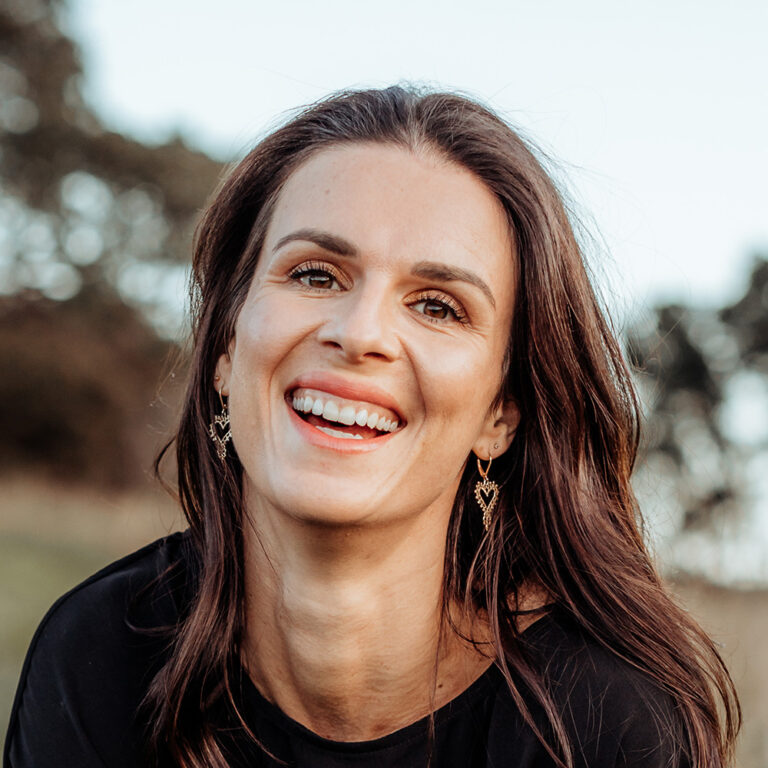
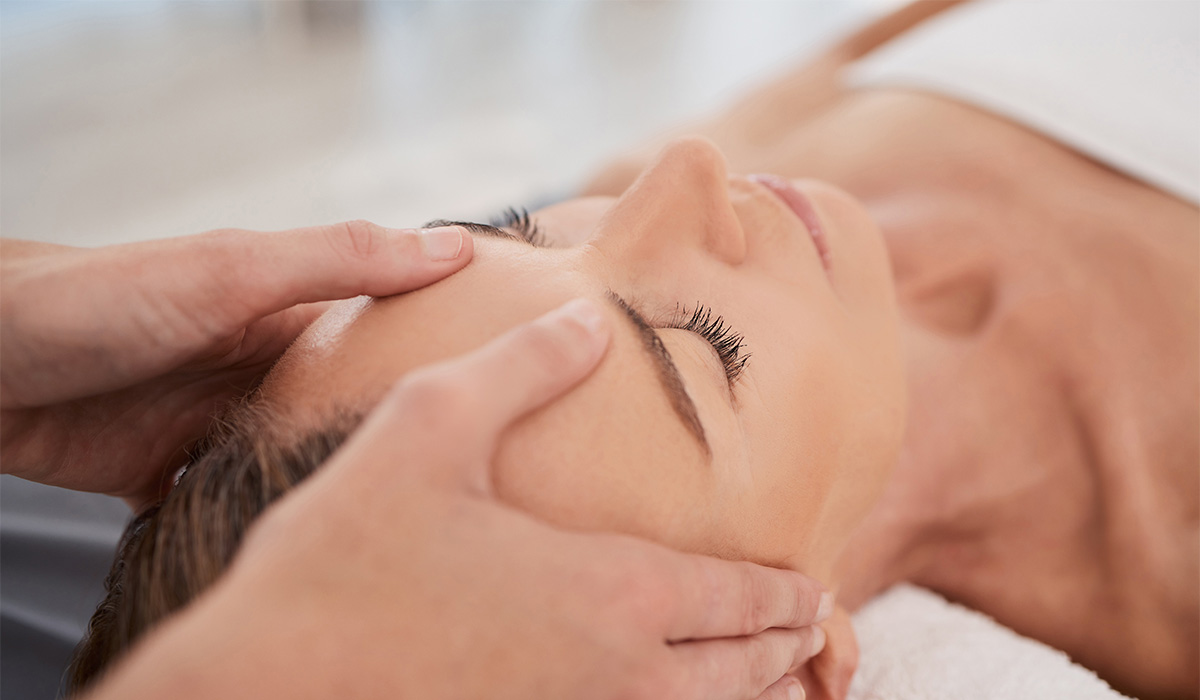
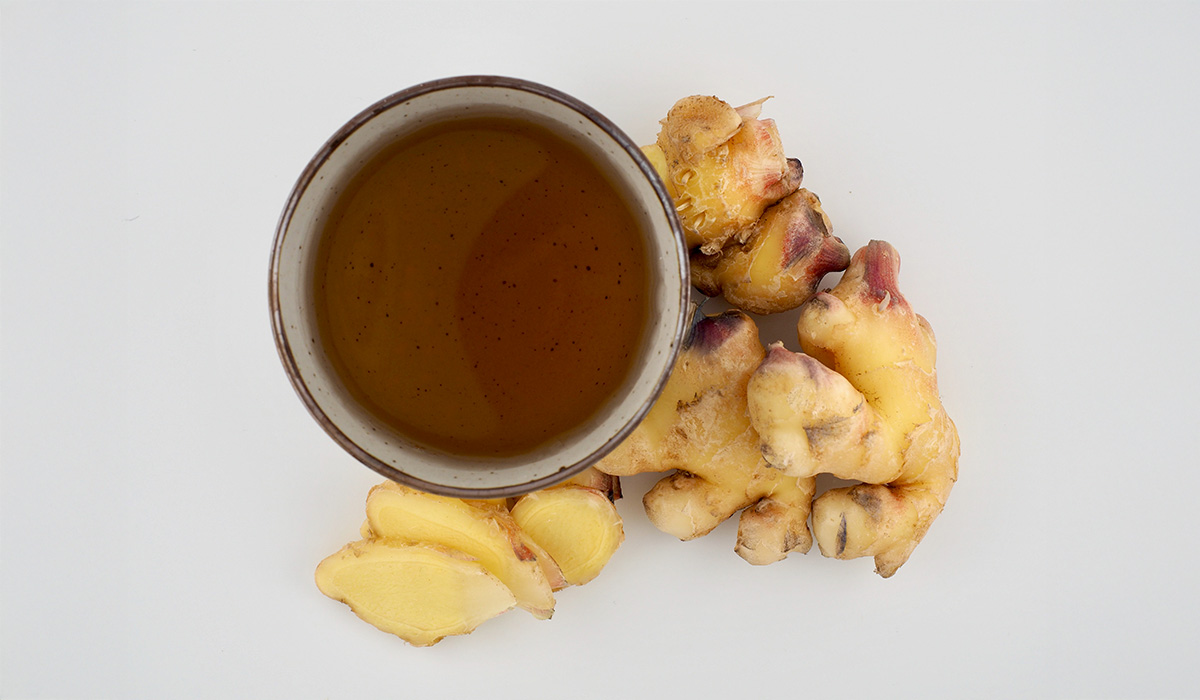

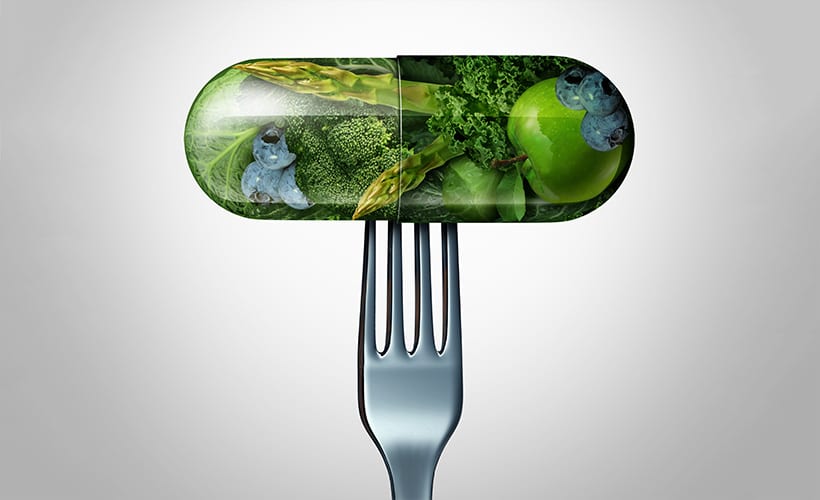
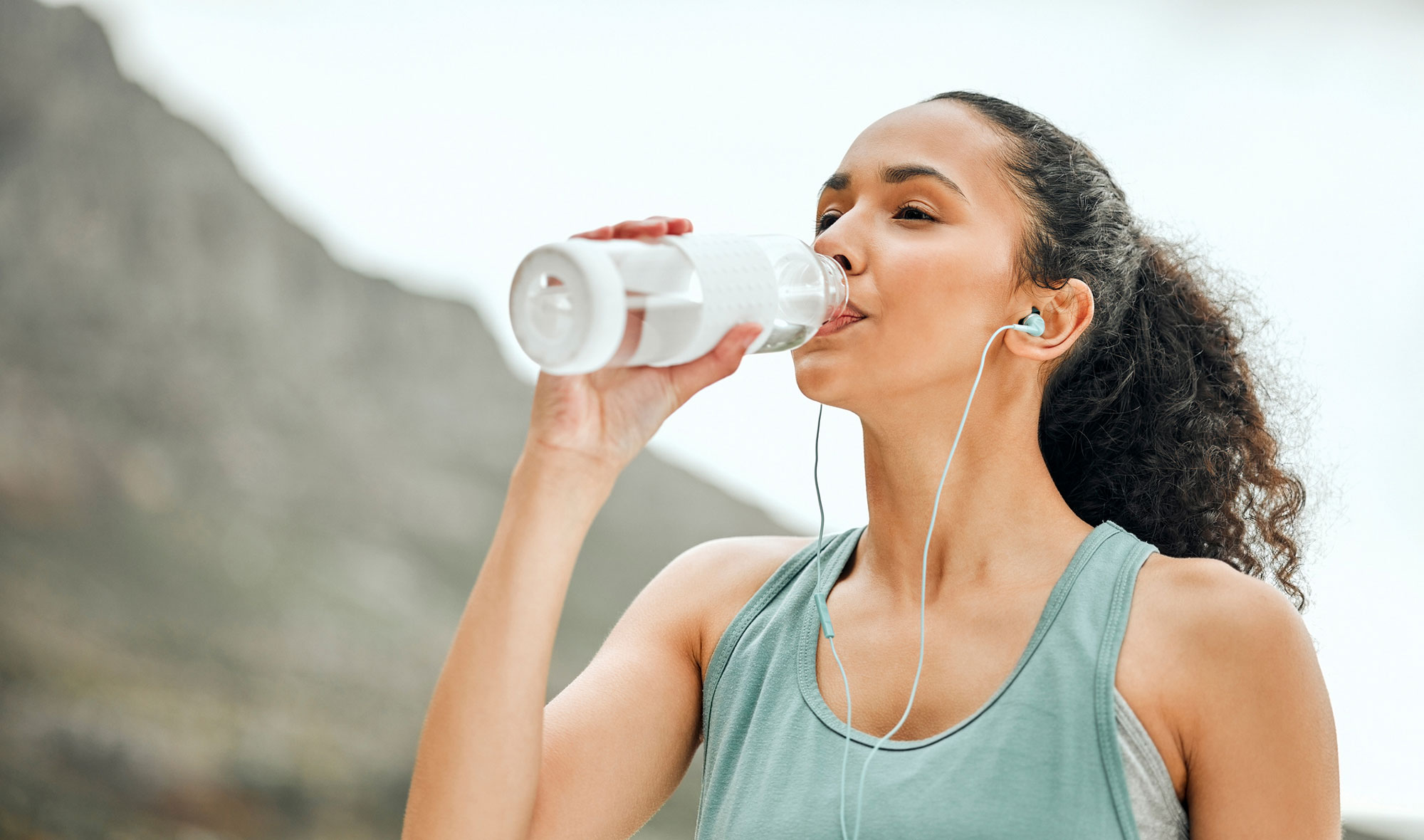
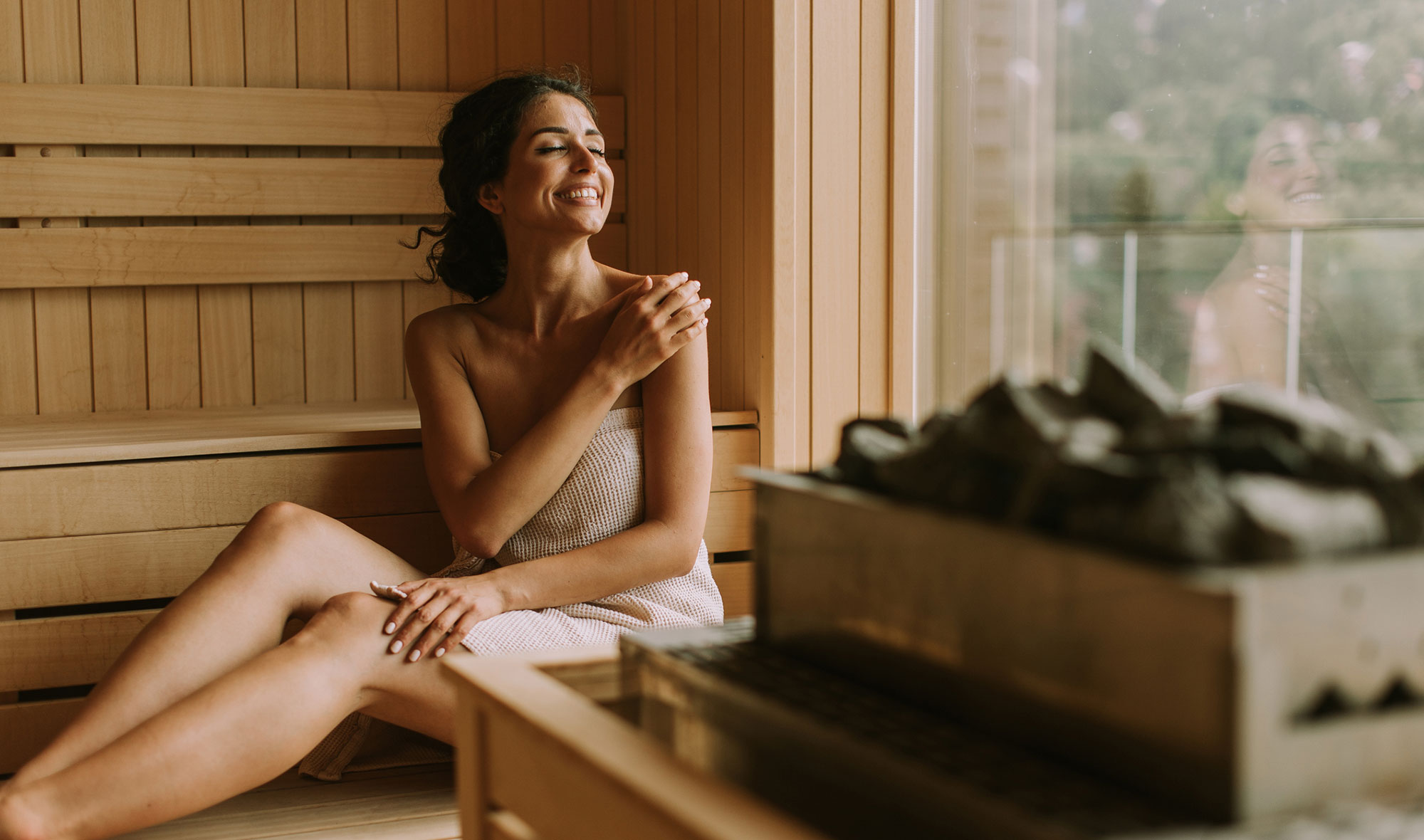



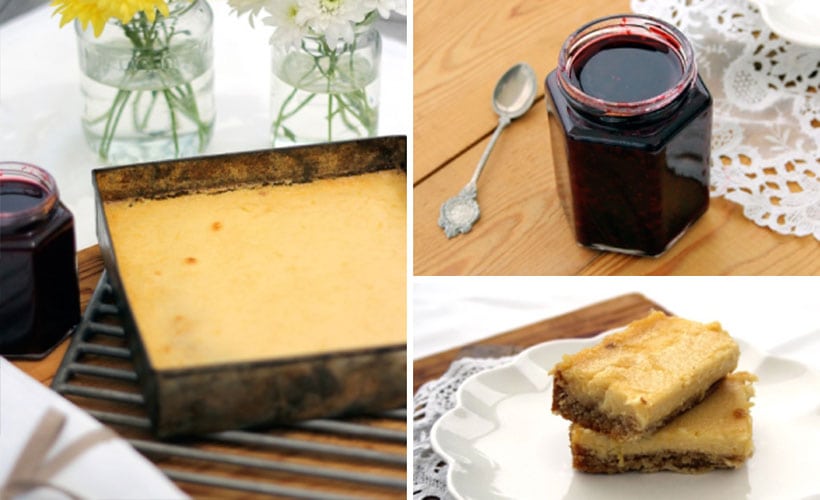
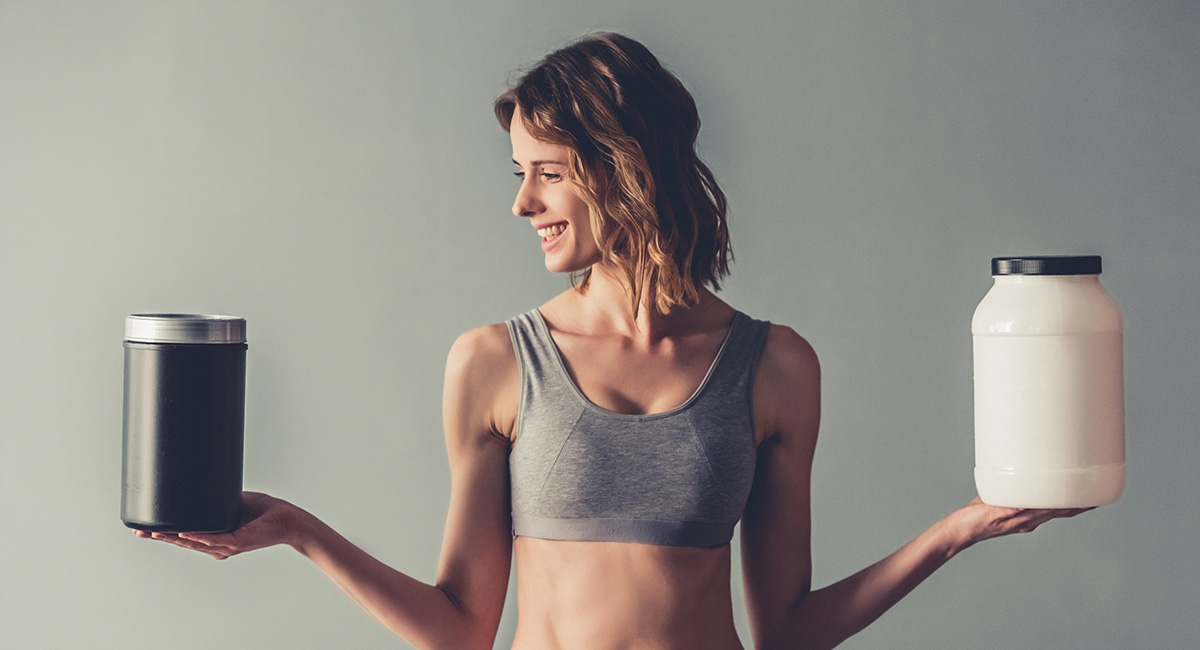
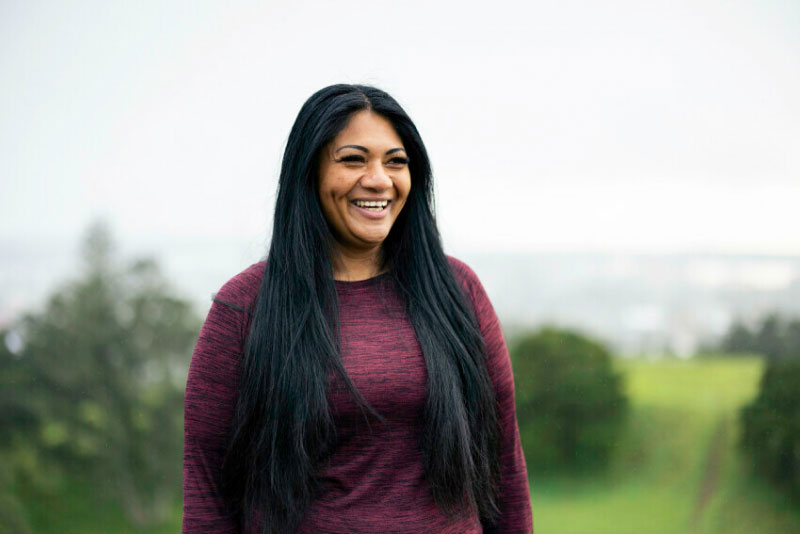
Community